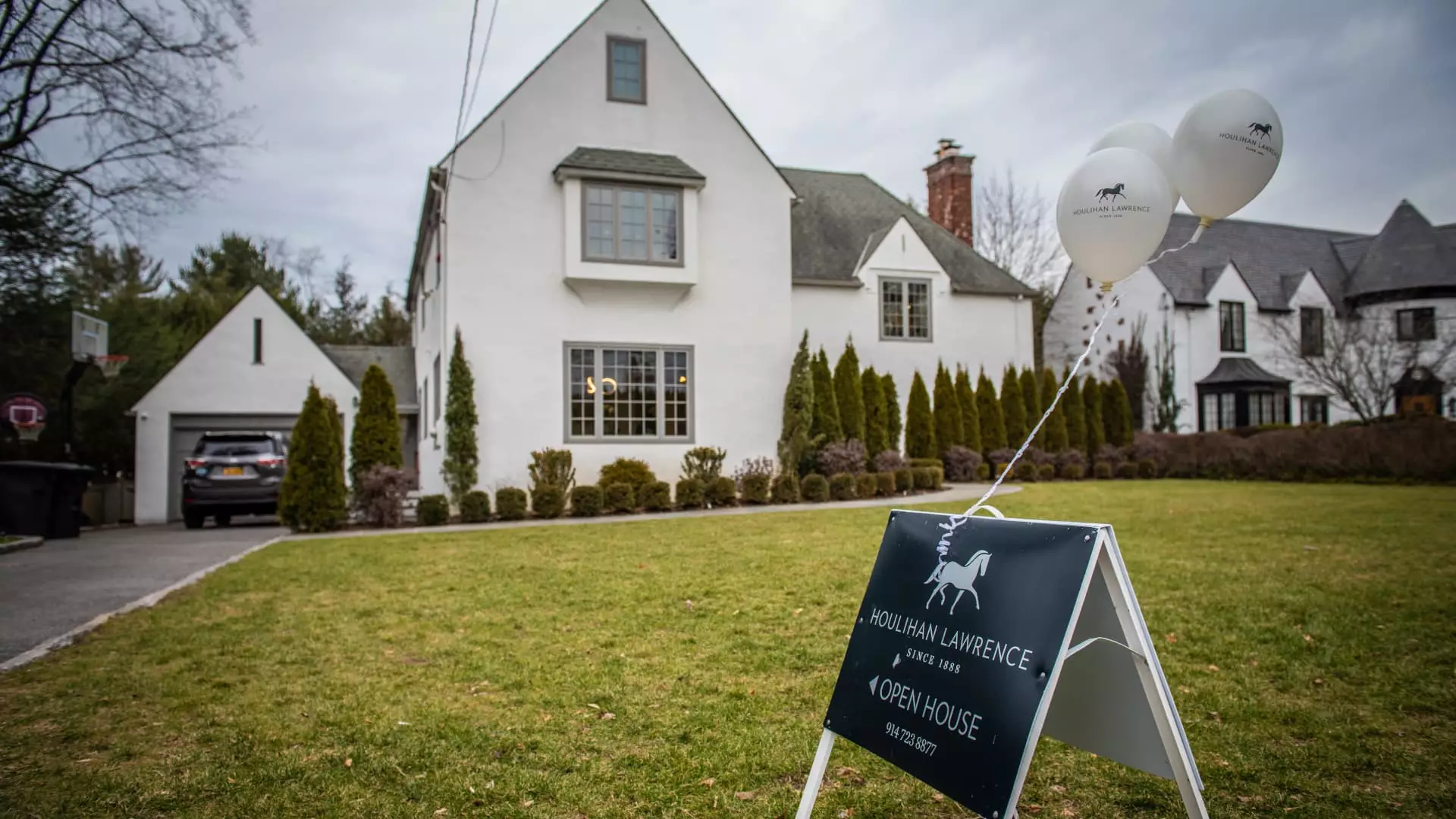In the midst of a time where mortgage interest rates were on the rise, the housing market experienced a milestone as home prices soared to the highest level ever recorded on the S&P CoreLogic Case-Shiller U.S. National Home Price Index. Revealed by data released on Tuesday, prices nationally displayed a 5.4% increase on a three-month running average ending in June compared to the same period in 2023. While this growth marked a record high for the index, it was noted that the annual gain was slightly lower than the previous month’s reading of 5.9%. The 10-city composite in the index rose by 7.4% annually, a decrease from the 7.8% recorded in the previous month, while the 20-city composite showed a 6.5% increase year over year, down from a 6.9% rise in May. The continuous rise in home prices amidst increasing mortgage rates raised concerns about the affordability of housing in the market.
Among the 20 cities covered in the index, New York stood out with the highest annual gain in home prices, recording a 9% increase in June. Following closely behind were San Diego and Las Vegas, with annual increases of 8.7% and 8.5%, respectively. In contrast, Portland, Oregon, had the smallest yearly rise at just 0.8%. This disparity in price movement across major cities accentuated the existing differences in housing markets nationwide and shed light on the varying levels of housing affordability in different areas. With the upcoming election, housing affordability was a significant topic of discussion and analysis, prompting a breakdown of home values based on price tiers in each city’s market. The examination of large markets over the past five years highlighted that low-price tiers in 75% of the markets studied witnessed faster growth rates compared to the overall market, showcasing a growing divide in housing affordability across different segments.
Despite the surge in mortgage rates observed from April through June, which typically results in a cooling effect on home prices, the housing market continued to exhibit price escalation. The average rate on the 30-year fixed mortgage started at just below 7% in April before jumping to 7.5% by the end of the month, leading to consecutive months with rates over 7%. Although rates have since declined to around 6.5%, the drop has not been sufficient to entice buyers back into the market. Chief Economist at Bright MLS, Lisa Sturtevant, highlighted how some buyers are waiting for not only interest rates but also home prices to decrease before making purchasing decisions. This hesitancy among buyers further complicates the relationship between mortgage rates and home prices, emphasizing the intricate dynamics of the housing market.
Looking ahead, experts predict that home prices may ease slightly in the upcoming months due to seasonal factors and an increase in inventory. However, the expectations are that prices are still unlikely to see a significant drop and will likely remain higher than levels seen in the previous fall. This projection signifies the resilience of the housing market and the enduring demand for homeownership despite external factors such as rising mortgage rates and fluctuating economic conditions. As the market continues to evolve, stakeholders will need to closely monitor and adapt to the changing landscape to navigate the challenges and opportunities presented by the current housing market scenario.

